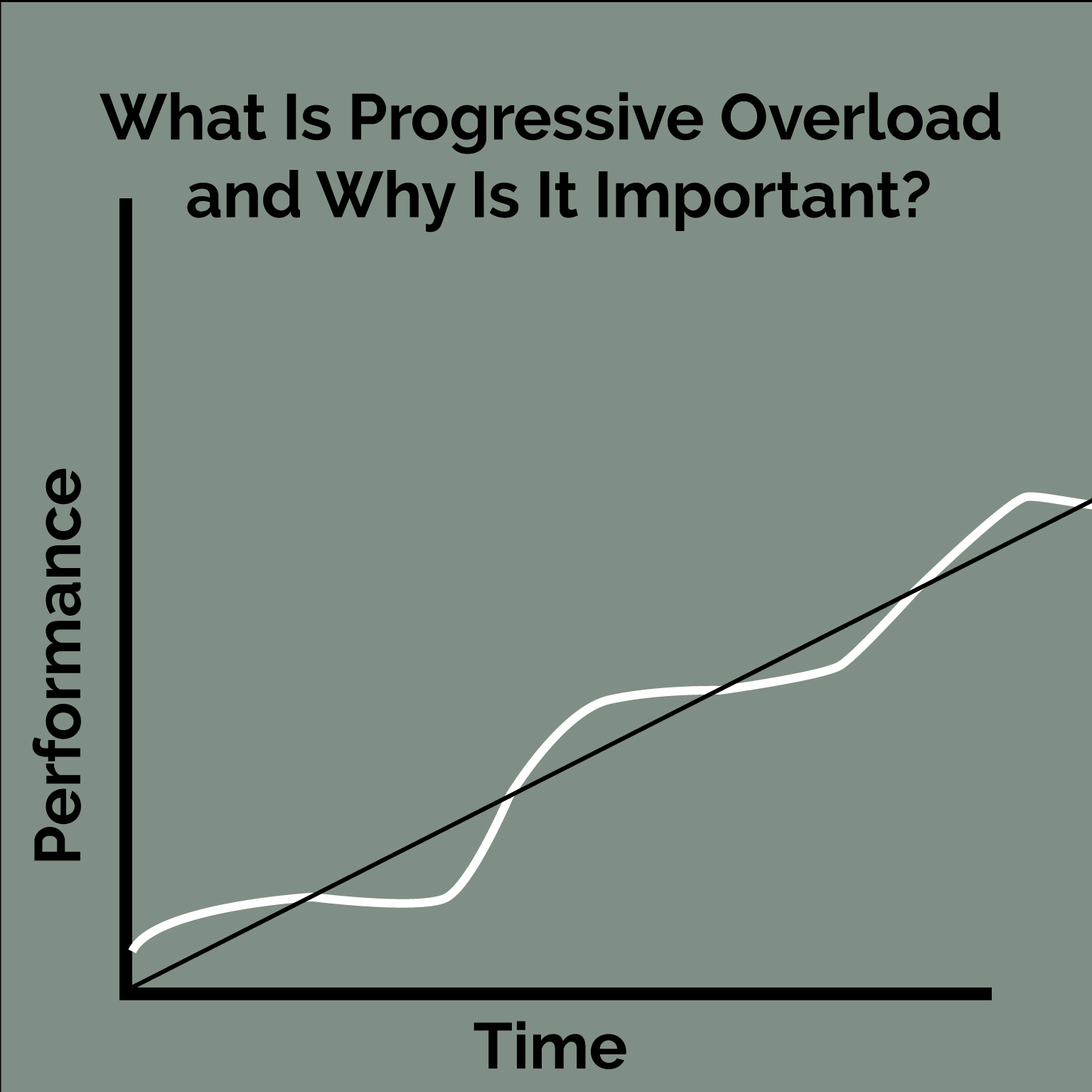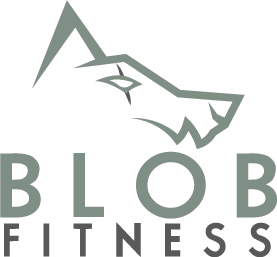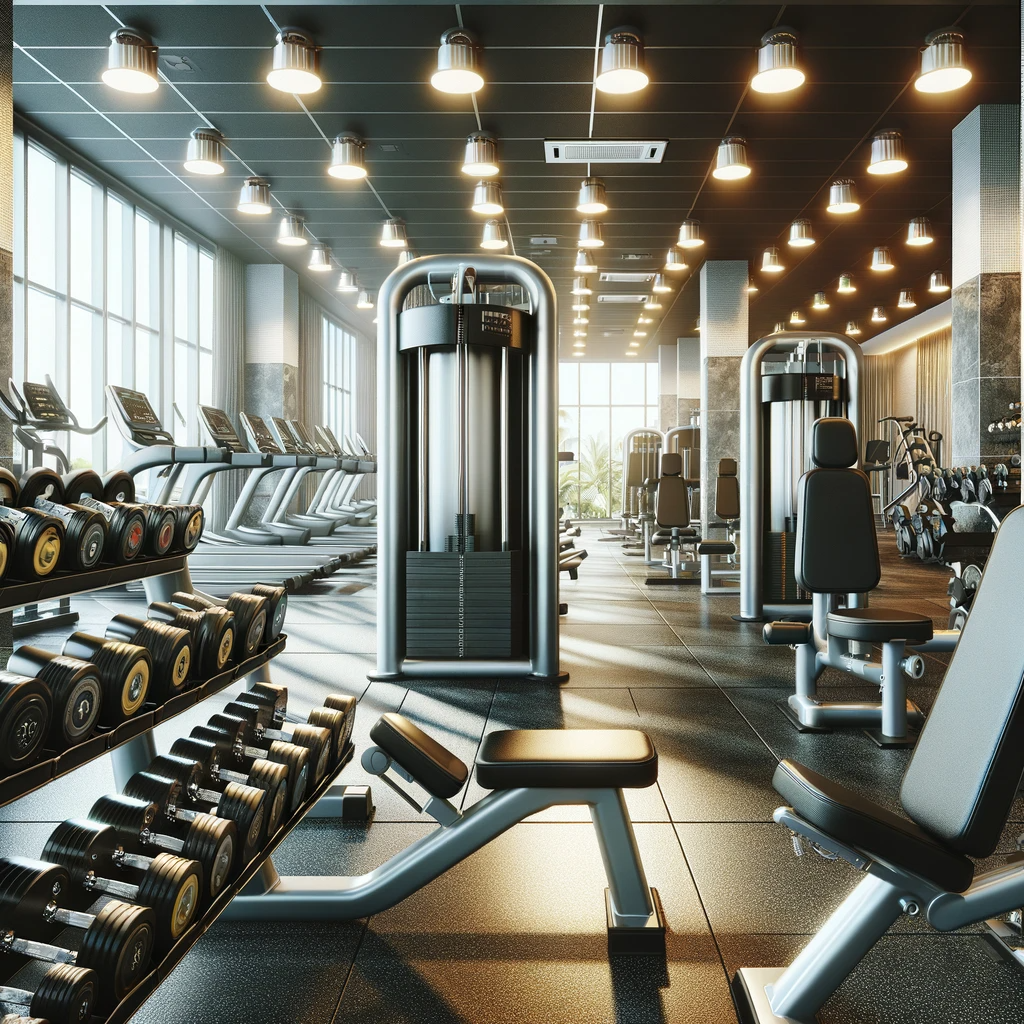What Is Progressive Overload and Why Is It Important?

If you've been into weight training a bit, you may have heard the term progressive overload. It's a term that gets used a lot when talking about training specifically for strength and hypertrophy. If you've never heard of the term before, that's fine! We're going to go through what the terms mean, break it down on why it's important, and how you can incorporate it into your training to start seeing benefits.
What is Progressive Overload?
If you wanted to get stronger and gain muscle, do you think would continuously just lift the same weight for the same reps and sets forever? Probably not. You would have to gradually increase the resistance or reps over time. This is what progressive overloading is. Progressive Overload is continuously adding more demands (whether it be weight/resistance, reps, volume, frequency, etc.) to exercises over a period of time. The ability to do this within a training program will help to build muscle mass and strength.
A great example to demonstrate progressive overload, and one of the most used stories to discuss progressive overload and is to discuss the story of Milo.
The Story of Milo
To go through the story fairly quickly, Milo began lifting a young calf every day. The calf would grow every day and this would result in Milo getting stronger as well. Eventually, Milo would be able to carry until it was fully grown. To break down that story, that means Milo's resistance (the calf) would grow every day and he would continue to grow to make him stronger. That's a progressive overload in a nutshell.

Is It That Simple?
To be fair, progressive overload the concept is fairly simple to understand. However, the problem with this is that gaining strength isn't linear. You're bound to hit plateaus in your training career. That doesn't mean though that progressive overload doesn't work though. It just means it's not as straightforward as just keep adding weight and you'll grow. That's why you have different training regimens like periodization training. (Something that I will discuss more on in the future).
Note: If you're hitting plateaus in your training, you may want to look into taking a deload week.

Why is Progressive Overload Important?
So even though I mentioned progressive overload isn't as simple as adding weight and gaining strength, it's still the sole concept of most training programs over an extended period of time.
Regardless, most training programs, overtime will have you go up in either weight/resistance, volume, or reps. Which are all forms of progressive overload. A good tailored program will usually have you take deload weeks in between and/or have correctly structure cycles into your program that overtime you will make significant gains.
Progressive overload though is more simple when you're a beginner vs when you're an intermediate/advanced trainer. If you're a beginner you may be able to apply some form of progressive overload workout to workout. However, for any more advanced it becomes more difficult and maybe week to week or month to month even. Sometimes even longer.
Simply, if you want to gain strength or muscle mass, you need to apply a form of progressive overload into your training.
How Can I Incorporate Progressive Overload in my Training Program?
Incorporating progressive overload isn't that difficult when you're a beginner. To be frank it's fairly easy. However, the more you progress the more complicated it becomes to properly incorporate and you will need a proper training program tailored for you. If you do want a training program or coaching, feel free to contact me.
If you don't have a training program or have never done one, I would say you're most likely still at the beginner stage. If so you can do the following.
Assuming you're doing compound movements like Squats, Bench, and Deadlift, you can easily do a Starting Strength Novice program that I highly recommend for anyone just beginning.
To incorporate it though, (at a novice level) you can easily add 5lbs to each lift per workout. For example, if Monday you lifted 3 x 5 for squats at 135lbs, the next squat session you can attempt doing 3 x 5 at 140lbs. The squat session after that would be 3 x 5 145lb etc. You will keep doing this until you can't make significant progress. You will eventually need to do 2.5lb increments and from there you may need to get on an intermediate program. I will write more in the future about intermediate and advanced programs and how to program them for yourself.
Final Thoughts
Progressive overload should be the main factor in your training over an extended period of time. Even though, the concept may be simple it's not as easy to incorporate unless you're a beginner. If you haven't done a training program before, you most likely are at a novice level and should follow a novice program like the Starting Strength Novice program. You will notice gains in strength and hypertrophy when following a good program with structured progressive overload. If you're looking for a training program, feel free to contact me.
Photos:
- Photo by Kat Jayne from Pexels
- Photo by Miguel Á. Padriñán from Pexels
Get a Free Guide!
Similar Posts
Explore the pivotal role of using chalk when lifting. Find out why this can be the tool to increase your strength and help you reach your goals.
Learning to optimally rest between sets can give you the advantage you need to lift more and make better gains. Discover all the ways to do so.
Machines or dumbbells for hypertrophy has been a ongoing debate for so long. Find out which is better at effectively building muscle.



